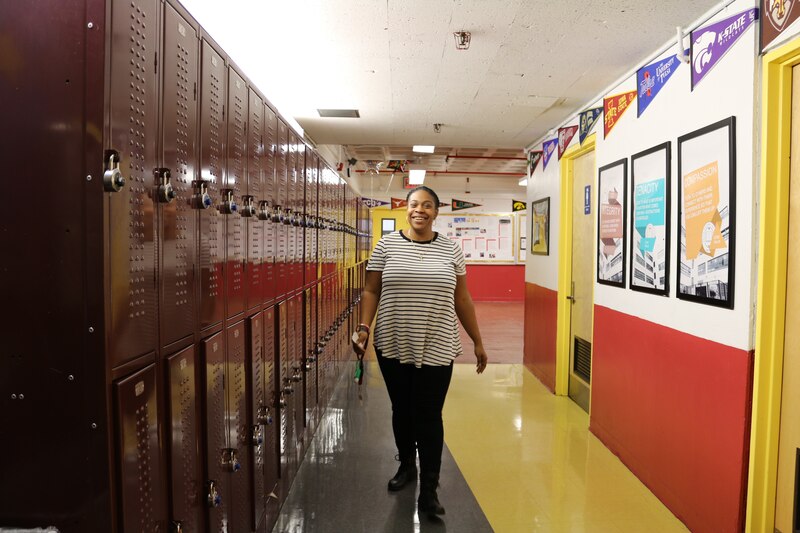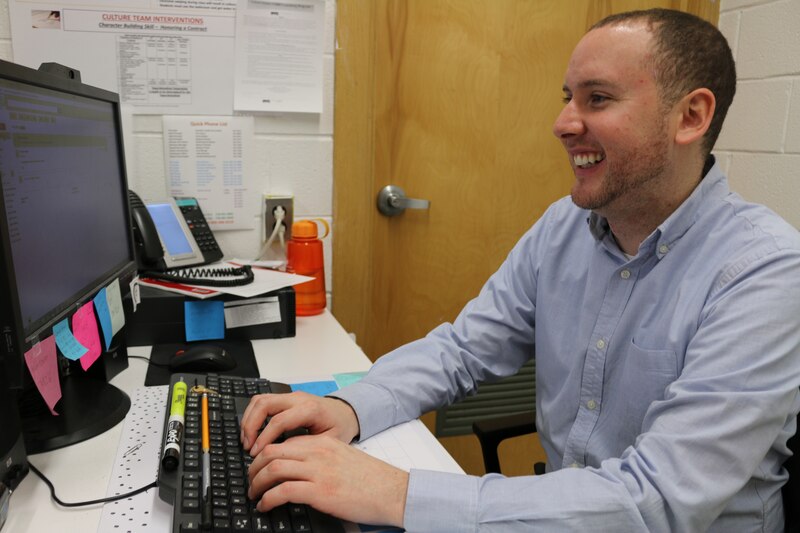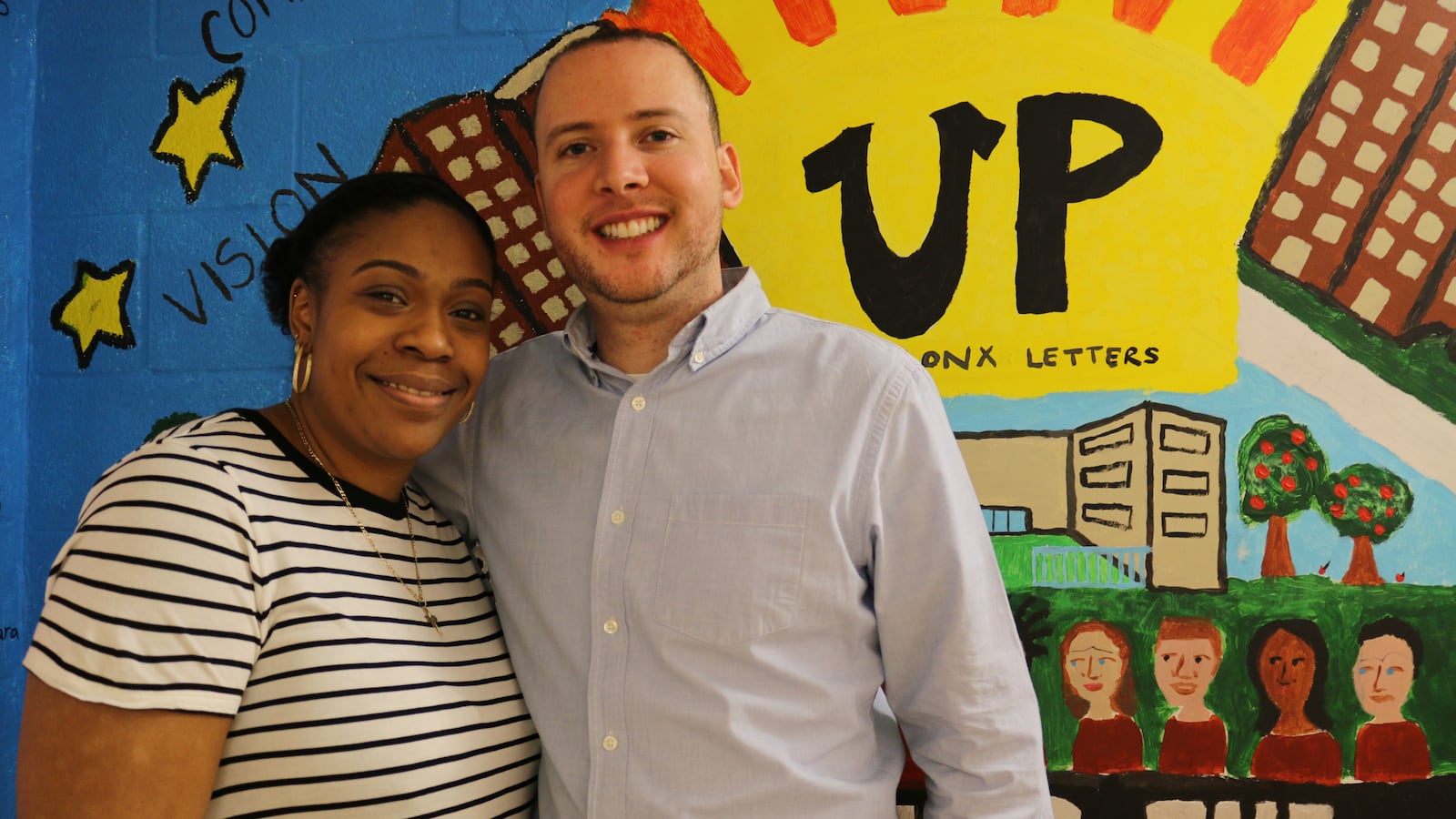Nicholas Melendez was always in triage mode.
As the only counselor at The Urban Assembly Bronx Academy of Letters, Melendez was responsible for 600 students in middle and high school. With dozens of hours of required counseling sessions every week, there was only time for the neediest students.
“It constantly felt like I was putting out fires,” he said.
That was before the New York City Department of Education launched Single Shepherd, a program that placed more than 100 additional counselors and social workers in two of the city’s neediest school districts: District 7 in the South Bronx and District 23 in Brooklyn. Both have among the lowest graduation rates in the city; most students are poor and homelessness is prevalent.
The city’s goal is to pair every student in middle and high school in those districts with a dedicated counselor who will work closely with not just students, but also their teachers and families.
The $15 million-a-year program is only one piece of the city’s larger Equity and Excellence initiative, which has infused schools with extra resources with the ultimate goal of getting more students to graduation. It’s too early to know whether that will happen — or how similar Bronx Letters’ experience is to other schools. But teachers and counselors there say they’re already seeing an impact.
With extra hands on deck, Melendez has time to notice when a student’s grades start to slip. He can counsel students who are still learning English on the possibility of taking state tests in their native language, or schedule a phone call with a family that needs help navigating social services systems — rather than relying on an outside agency that may be too overwhelmed to follow up.
“I feel like we’re serving all the students,” he said.
Nycole Dash became a Single Shepherd counselor at Bronx Letters after working with young people in the nonprofit world. She’s assigned to the freshman class, and makes time to see every student at least once a month.
“It creates almost like a family for these kids, where they have somebody to go to — and it’s a consistent person,” she said.

Dash has already seen that bond pay off. Most school days, Dash said her morning routine includes a knock on the door from a particular student. On a recent visit, the student needed to talk about a tough situation she dealt with over the weekend.
“Normally she was someone who would kind of just keep it to herself and react in class,” Dash said. “But because she’s close with me — she sees me every day — she was able to let out something that she wasn’t able to before.”
Counselors like Dash and Melendez also serve as a resource for teachers when there’s trouble in the classroom.
Klajd Kovaci, who teaches high school history and English, remembered one case in particular. One moment, he was leading a class discussion on politics. The next, a student with special needs was in a frenzy, hurling curse words as he stormed out of class.
Kovaci called for Melendez as the student walked out, and the counselor was able to usher the young man into his office. There, they came up with a plan: Whenever the student felt overwhelmed, he could leave class and cool down by Melendez’s side.
Melendez also worked with Kovaci to track the student’s behavior and pinpoint what set him off. With Melendez’s help, Kovaci agreed to work short breaks into his lectures so the student wouldn’t get anxious.
“We have a lot of conversations with teachers to make individual plans for students, which is something we couldn’t do before,” Melendez said.

In Kovaci’s case, the difference has been remarkable. He credits the relationship that counselors have been able to build with their students — and the time counselors can give to teachers who come to them with classroom problems.
“Because their case load is smaller, they actually know who I’m talking about,” Kovaci said. “They’re able to get to more students.”
Often times, that means understanding what’s going on in a child’s life outside of the school building. When the school realized parents were often reluctant to send their children away for college, counselors helped launch informational sessions at the beginning of the year. That way, families could have conversations and set expectations for their children earlier in the application process.
In return, counselors worked to understand families’ needs. For example, if a student needed to stay close to home to help pay bills or take care of family members, counselors could help find the best university settings nearby.
“We want to include the values of the community in the education process,” Melendez said. “It’s meeting the family and the parent where they are.”

